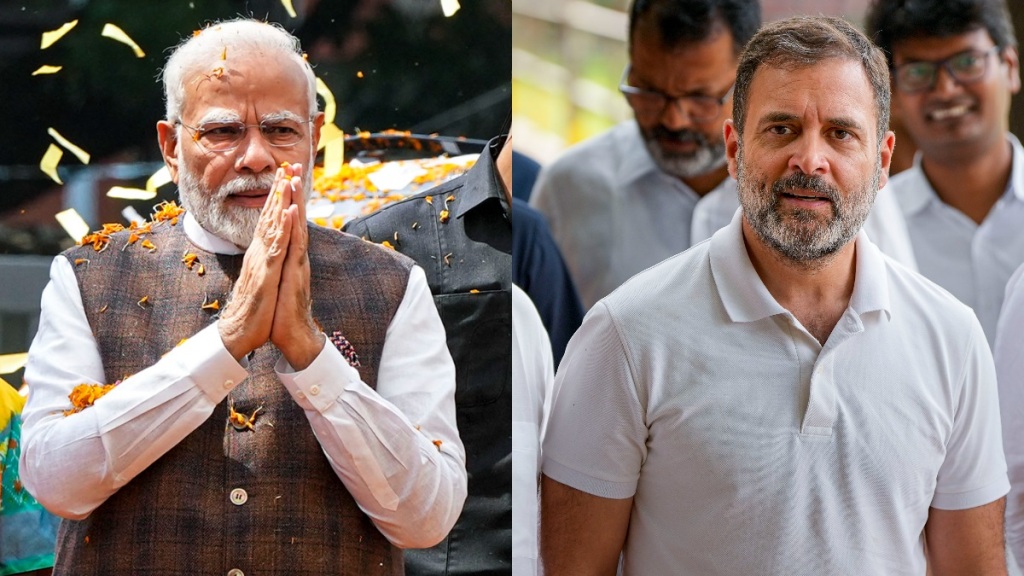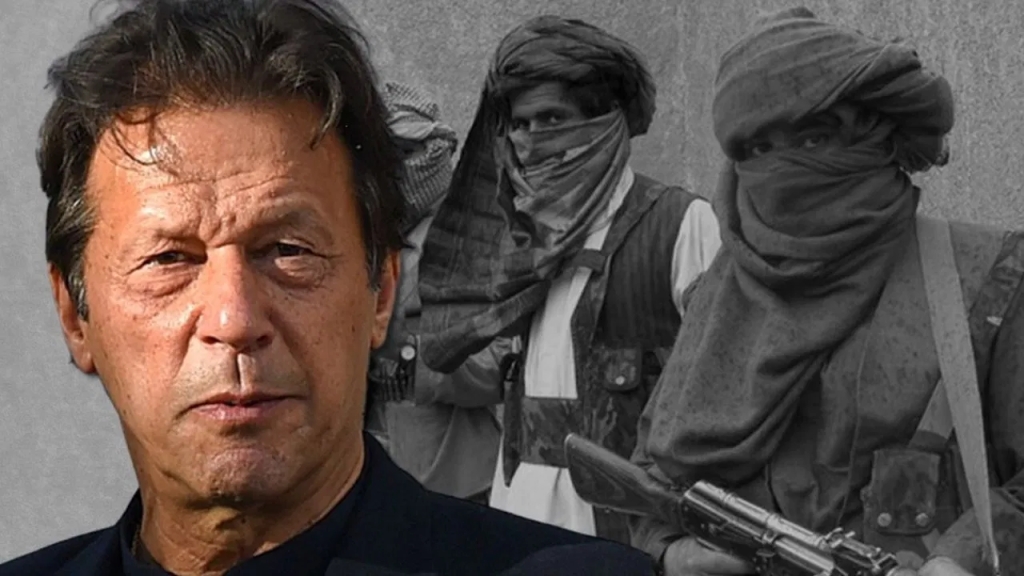There has been a lot of noise on the recently enacted ordinance by the Yogi government; the Uttar Pradesh Prohibition of Unlawful Conversion of Religion Ordinance, 2020, popularly known as the anti-Love Jihad Ordinance. Bureaucrats complaining, writing letters to the CM, retired IAS officers complaining about the law. Finally, after a lot of searching I found the copy of the ordinance online. Somehow, it was a little difficult to find it online as compared to other ordinances. Nevertheless, I found it and read it. Quite surprisingly, neither did I find the phrase “Love Jihad” even once in the entire ordinance nor did I find any other phrase like “Hindu Girl and Muslim Boy” or vice versa. Then why so much chaos and uproar in the name of the ordinance? What is wrong with it?
Does the law stop people marrying someone from a different religion? No it does not! Not at all! The ordinance clearly states its purview and when exactly it comes into the play. If two people, lets say A and B from different religions get married, the law would come into play only when either A or B asks the other person to convert to his/her own religion, irrespective of the religion.
Moreover, it is also not that the person can not change the religion at all. Clause 8 of the article specify what has to be done in case a person wants to convert before the marriage.

Before reading through the ordinance, I was wandering, what happens if a person voluntarily wants to convert to a different religion post marriage. It might happen that the person was not willing to convert during the wedding but five years down the line he/she wants to convert. What then? As a matter of fact, the ordinance takes care of situations like this as well. Clause 9 of the act:

In colloquial expressions, Akram can still pretend to be Ajay, Sonu, Monu and get married to any Sita, Gita or any Senorita and the law will not affect him at all until he starts pressuring Geeta or Rita to become Shabanam or Shagufta. Moreover, the police would not automatically take any action against Akram, there has to be a first information report (FIR) filed by someone and that someone has to be one of the following only:

If no one (that falls in the list show above) files a complaint, nothing is going to happen. The truth is that this act affects primarily the groups and missionaries that are involved in mass conversions. Conversion in the name of marriage is just one line item in the long list of activities.

One question popped up in my mind after I made myself familiar with the ordinance and the controversy related to it: how are/were different state governments handling this critical issue of proselytization or religious conversion so far? And how have different central governments post independence handled this critical issue? This definitely is not the first time, where cases of proselytization are making news headlines, they have been in the news for as long as we got our independence. If you think that proselytization is a myth, the article is not for you. I don’t have any issues with you believing that like I don’t have any problems with people believing that the earth is flat and theory of evolution is a myth.
Yogi’s government is not the first government to promulgate something like this. Ever other state in India at some point in time has tried something like this in the name of stopping mass conversions and forceful conversions. You name the state, Odisha, MP, Arunachal Pradesh, Chhattisgarh, Gujarat, etc. they all had their own versions of “freedom of religion act” with clauses on the similar lines. But politics won and the acts lost every time.
In addition to this, the central government lead by Indian National Congress was also aware and worried about the Missionaries converting marginalized communities by offering tangible benefits. During and post Independence, Christian Missionaries in India were highly active. As of today, “Approximately 70% of the Christian population in India are from Scheduled Caste backgrounds,” says a statement issued by the National Council of Churches in India (NCCI) on the 70th anniversary of the order. These are all converts, there is no Schedule Caste in Christianity or in Islam for that matter .
What did Congress do to control the situation? Congress did what it does best, created a bigger monster to kill a smaller monster. A shear display of incompetence.
What did Congress do? It collated a list of poor and marginalized communities from each and every state that were the easy targets and constituted The Constitution (Scheduled Castes) Order, 1950 and added a clause in the order that if any person of these communities converts to a different religion other than Sikh and Buddhism, he/she will not remain a part of the Schedules Castes communities. Clause 3 in the red rectangle in the below shown snapshot from the Constitution (Scheduled Castes) order, 1950:

One of the motivations for introducing reservations for these marginalized communities was to lure than so that they do not fell pray to the candy offering predators hiding in the garb of missionaries. And this clause 3 shown in the snapshot above in its very true essence means that there is no reservation for you if you leave Hinduism and convert to any non-Hindu religion for whatever reason. If you remember, at the time when the constitution was being written only SC and ST were entitled for reservations.
While it did provide a temporary solution to this proselytization issue, but created another issue; an issue bigger than any other issue. It codified castes like never before. The people from that community that converted to religions like Islam and Christianity carried their caste status with them. I have been living in Europe for past several years, haven’t found Dalit Christians in a country where every other person is a Christian. But in India and only in India we have Dalit Christians. How? Who is a Dalit Christian and a Dalit Muslim? Some how, in India, these two communities that exist only in India have been fighting for “justice” for over seven decades. By Justice, I meant the right to reservation.

After reading the ordinance several times and trying to find the answers to the questions raised by different controversies, I personally don’t couldn’t find any issues with the ordinance. The harsh reality is that Yogi government’s ordinance is seven decades late. If instead of short term, temporary “jugaad” solution, the government would have come up with a sound plan even if it would have hurt the election prospects for the party. The chaos that we see now is just political, people don’t have a problem with the ordinance, they have a problem with Yogi.
Thanks for reading!!
Also read:
- Lets defeat India together!!
- Frog in the boiling water!!! – Dying Hinduism
- Hinduism: A persecuted religion (Sabarimala)
- A busy Hindu only complains!!!





Leave a comment